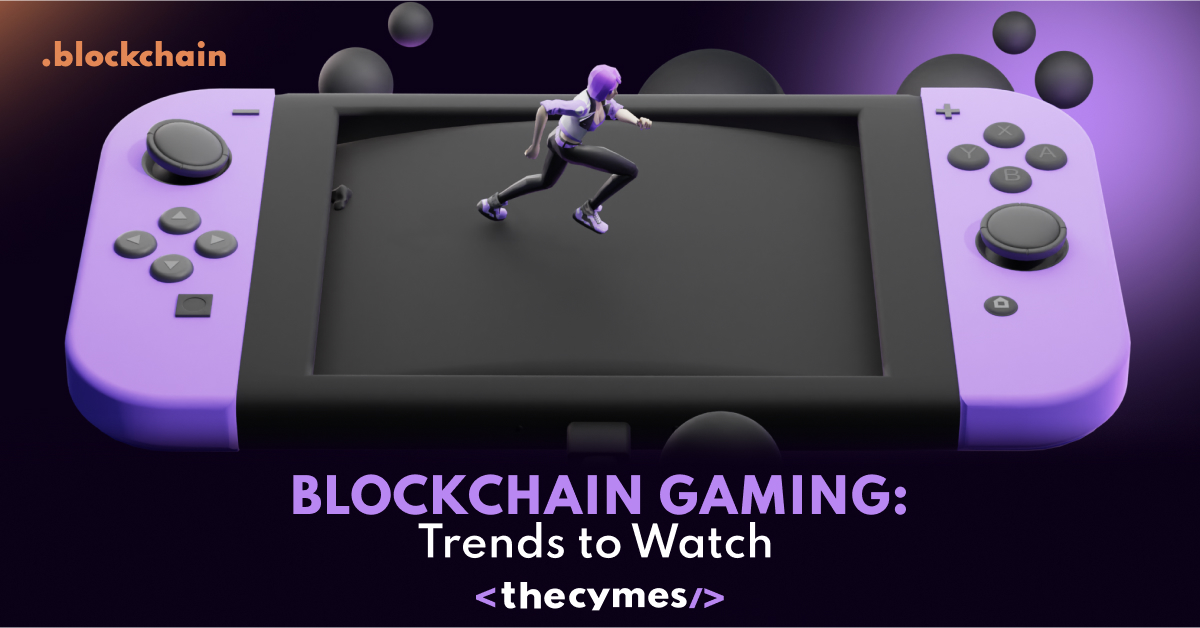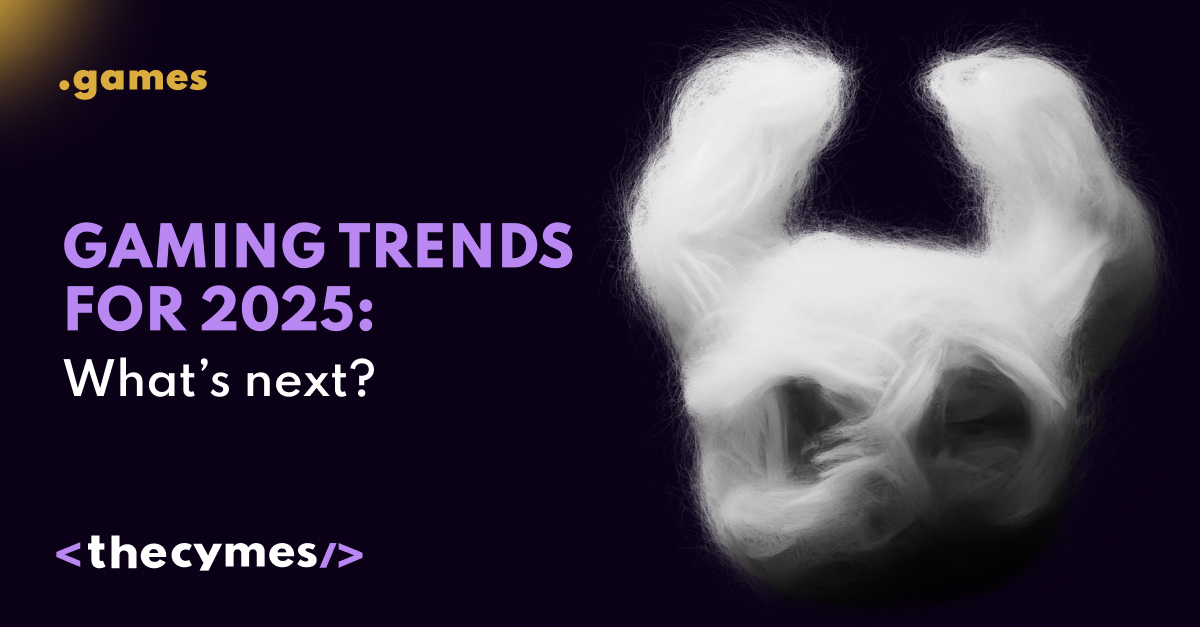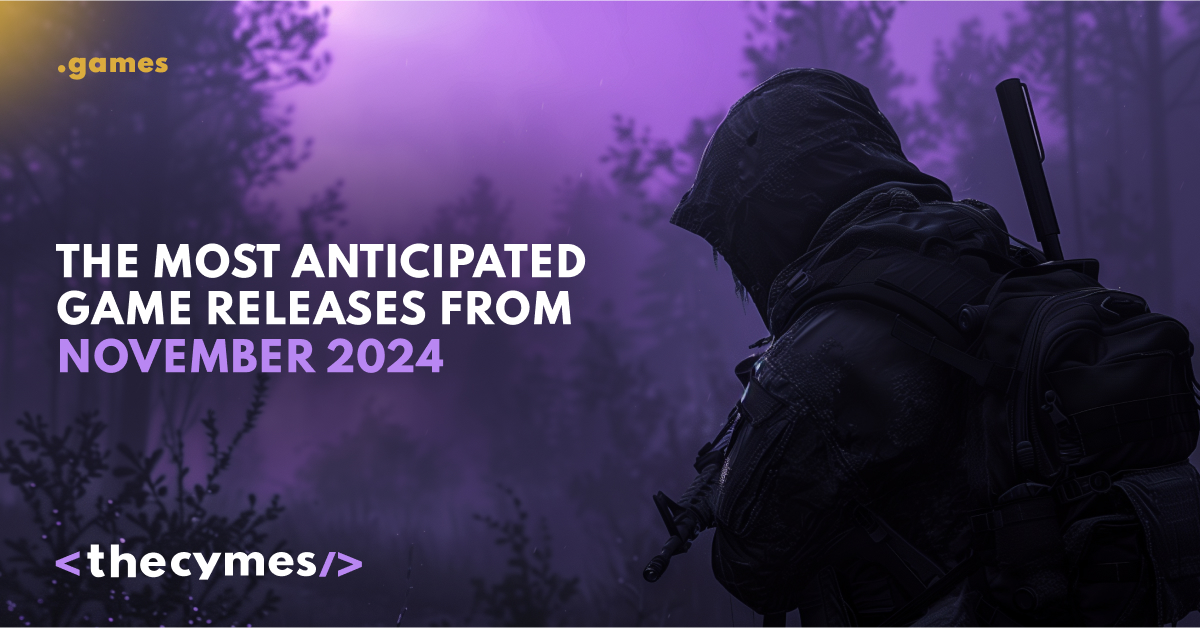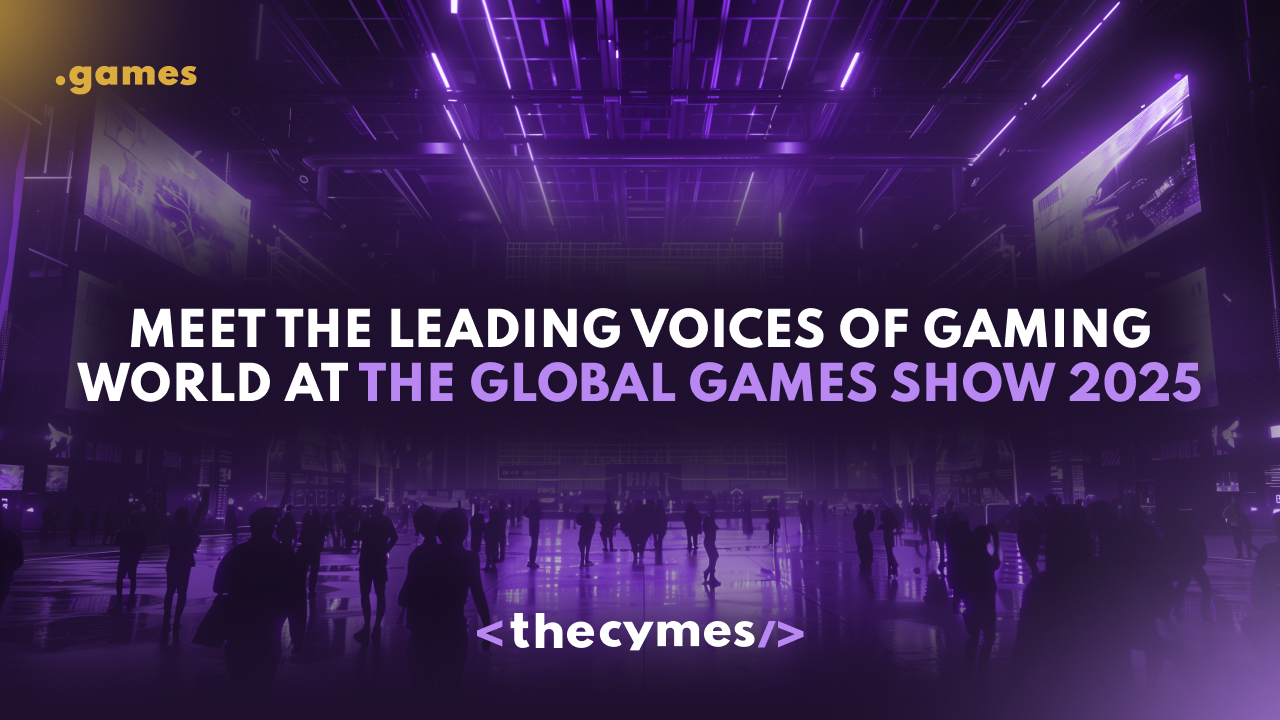Table of Content
Blockchain Gaming: Trends to Watch!
/>Explore how blockchain is rewriting the rules. Players are no longer just consumers - they're creators, earners, and decision-makers.Blockchain gaming is moving fast, and it's all coming together these years. Gamers and developers are starting to latch on to decentralized technologies, so it's important to know what's currently going on with trends for anyone looking into this space. This article combines the major trends transforming the blockchain gaming industry.
1. The Rise of Play-to-Earn Models
What is Play-to-Earn?
In blockchain gaming, a major trend is the play-to-earn (P2E) model, where players can indeed earn real value through in-game activities such as quests and battles. Unlike traditional games that offer no tangible return for time and money spent, P2E rewards users for their engagement and skills.
P2E has been popular for a variety of reasons:
- Monetization of Skills: Players earn cryptocurrency or NFTs through their skills.
- Flexibility: Players can freely decide how they will play the game, whether by grinding resources or engaging in competitive events.
- Economic Opportunities: P2E games open entirely new economic opportunities for players, especially in regions where job opportunities are limited.
Case Studies
The following P2E games have become industry benchmarks: in Axie Infinity, players can breed and battle Axies for tradable tokens; in The Sandbox, anyone can create and monetize gaming experiences.
Future Directions
P2E games are gaining popularity as the gaming community seeks ways to monetize their game skills. Developers try to create experiences that will be both engaging and rewarding to the skill and strategy shown by players, thus cementing the dominance of P2E in blockchain gaming.
2. NFTs for Real Ownership
Non-fungible tokens, or NFTs, are revolutionizing the way players engage with in-game assets. Blockchain gaming gives true ownership of these assets, unlike the traditional games of limited ownership. Players can safely buy, sell, and trade unique digital items on the blockchain.
Requisite of True Ownership
- Asset Value: Players can invest in unique items, like skins, characters, or even weapons, that could appreciate over time.
- Interoperability: NFTs can often be used across different games and platforms, enhancing their value and utility.
- Community Building: Ownership of unique assets that can be traded or sold makes players more engaged in the game.
Success Stories
The NFT integration has already been done with games such as Gods Unchained and Decentraland. In Gods Unchained, every player owns tradable cards that have given birth to a very active economy. In Decentraland, users are allowed to buy and sell blockchain-verified virtual land. NFT Marketplace Surge
The growth of NFT gaming has caused marketplaces for in-game assets to emerge. In that way, platforms like OpenSea and Rarible are now a haven for gamers looking to trade collectibles and further fuel blockchain gaming.

Image from Pexels
3. DAOs
What are DAOs?
Those DAOs are governed by the operation of blockchain smart contracts. In gaming, DAOs allow players to take part in the development and governance of a game, thus creating a democratic environment.
Benefits of DAOs in Gaming
- Community Empowerment: The community gets to vote on critical issues that concern updates, features, and even resources.
- Transparency: DAO decisions are recorded on the blockchain for accountability.
- Participation Incentives: Participants are motivated to join governance through rewards, increasing participation.
Examples of Gaming DAOs
Some gaming projects have adopted DAO structures. Yield Guild Games (YGG) allows players to pool their resources for collective investment and game development decisions. Aavegotchi also allows community voting on game mechanics and economic changes.
Future of Player Governance
DAOs have democratized the experience of playing and the required cooperation in games, valuing the voices of the community.
As more games incorporate DAO structures, the players will be even more integrated into game development.
4. Better AR and VR Games
The Role of AR and VR in Gaming AR and VR uses in blockchain games create immersion. Players enjoy better graphics and interactive gameplay, which makes gaming more dynamic.
Benefits of AR and VR for Blockchain Gaming
- Immersive Environments: AR and VR create lifelike gaming worlds that draw players in.
- Innovative Gameplay—These technologies enable fresh mechanics, such as location-based games or fully immersive worlds.
- More Social: AR and VR allow for social interaction—players are brought together in a common virtual environment.
Notable AR and VR Games
Games like Pokémon GO show AR's potential in gaming, while VR titles like VRChat provide immersive social interactions. Blockchain games are starting to use these technologies for unique player experiences.
Future of Immersive Gaming
With the increasing availability of AR and VR within blockchain gaming, new possibilities in gameplay and monetization will be seen. The developers who will adopt these technologies can get an upper hand in the market.

Image from Pexels
5. Further Investment and Development
Investment Splurge
Investment in blockchain gaming is growing, along with interest from venture capitalists. Tens of millions of dollars have been put into startups to build cool new games on top of blockchain. This capital influx accelerates advancements and game releases.
Investment Drivers
- Increasing Market Potential: The global gaming market is expected to surpass the $200 billion mark by 2024, which attracts investors. 2. New Business Models: Blockchain attracts investors with new revenue from P2E and NFT sales.
- Technological Development: Improving the scalability and interoperability of blockchains makes it easier for developers to create complex games.
Major Investments
High-profile investments in blockchain games have shot up. Animoca Brands has raised hundreds of millions to grow its games and NFTs, with projects like Illuvium and Star Atlas attracting significant support to prove the potential in the industry.
6. Nurture Community Involvement
Community is everything in gaming. Community engagement reigns supreme in Blockchain gaming. Developers gain feedback from players into improving the design and features of a game. Social media and forums are racked with debates concerning game mechanics and user experiences, thus creating a rich culture of communities.
Community Solutions
- Feedback Loops: Developers are creating infrastructure for obtaining and incorporating player response to update the game.
- Social Media: strong foothold on Twitter, Discord, and Reddit to drive community loyalty.
- Community Events: Host tournaments, competitions, and live Q&A sessions to give players a sense of community.
Case Studies in Community-Led Development
Games like Splinterlands and Axie Infinity have built strong communities by engaging with players and implementing their feedback. This boosts the gaming experience and builds loyalty.
The Future of Community Engagement
With this increase in community involvement, developers that will listen to their players are most likely to see increased loyalty and success in blockchain gaming; proving that good developer-player relations is a must.
7. Regulatory Challenges and Opportunities
Key Takeaways Regulations
Blockchain gaming is growing, but regulatory challenges are increasing. Governments are having trouble classifying cryptocurrencies, NFTs, and P2E models, which is causing confusion among developers and players.
Key Regulations
- Taxation: The taxation of cryptocurrency earnings and NFT sales varies by jurisdiction, creating complexities for players and developers.
2. Consumer Protection: Regulators are also looking to protect players from fraud and ensure fairness in P2E models.
- Securities Laws: Some blockchain games might be subject to securities regulations, complicating development and marketing.
Regulatory Opportunities
Regulatory challenges are opportunities to innovate. Developers can win player trust and differentiation in the space by dealing with compliance and transparency. Clearer regulations will also likely draw in more mainstream players and investors.

Image from Pexels
Conclusion
The blockchain gaming space is developing fast, with a focus on aspects touching on player engagement, ownership, and community. 2024 will be an important year for these trends to be known by gamers, developers, and investors in the gaming industry. Unlock the potential of insights coming out of play-to-earn models, NFTs, DAOs, and AR/VR to be at the forefront of blockchain gaming. Knowledge of these dynamics will help players, developers, and investors make sense of this exciting space.



